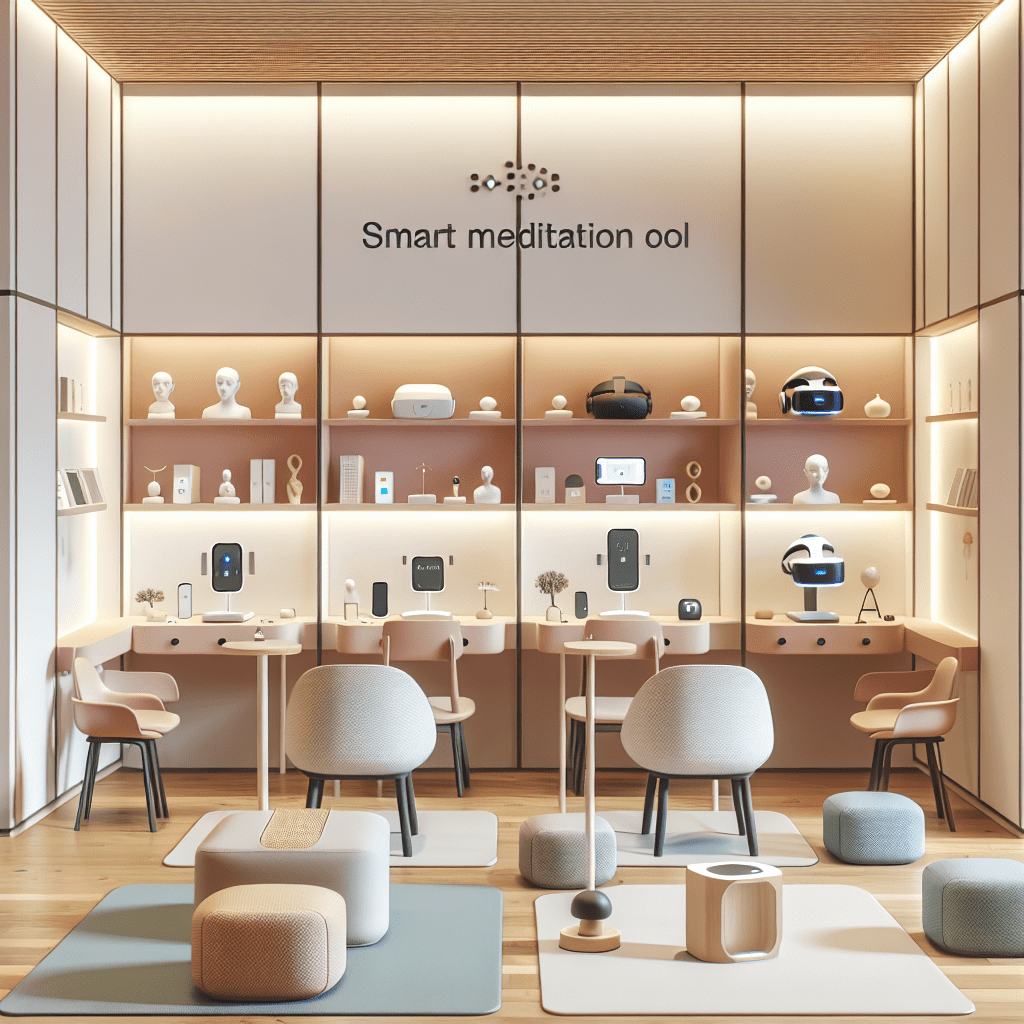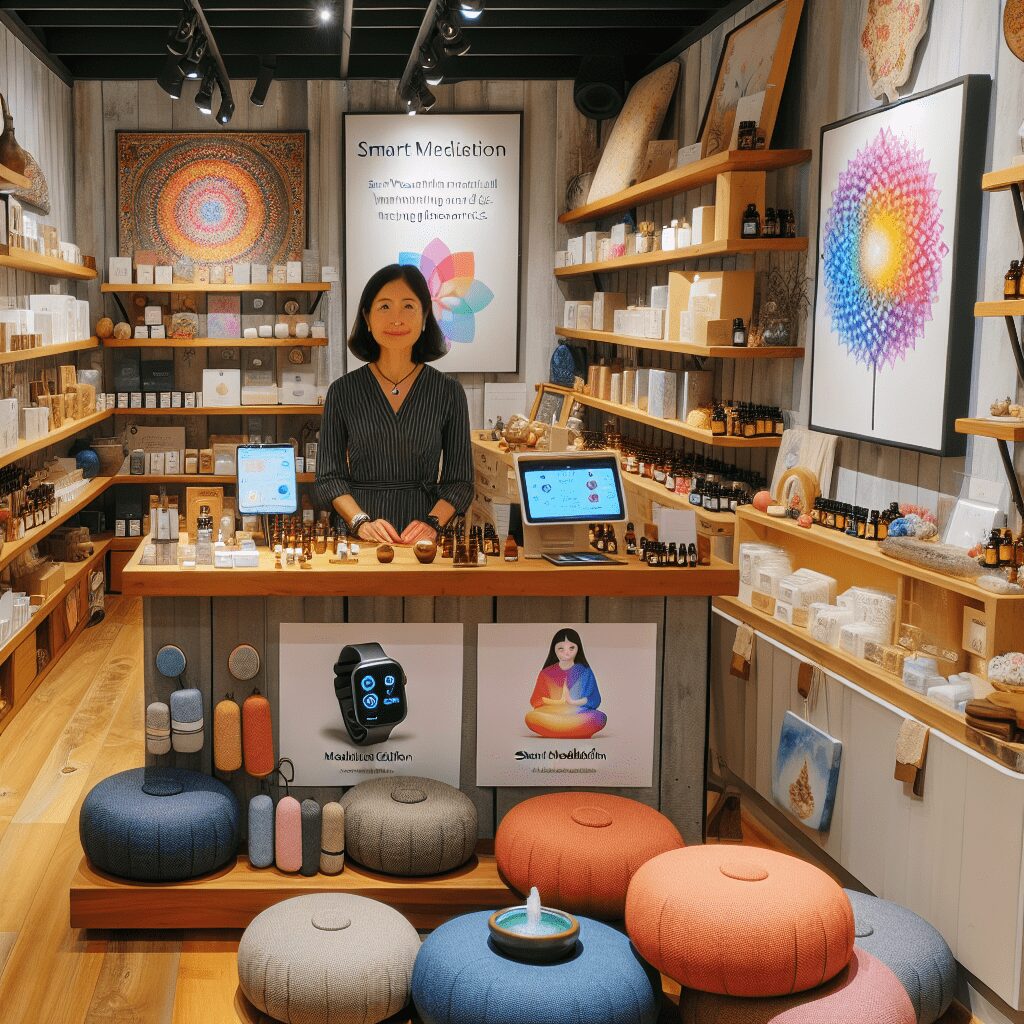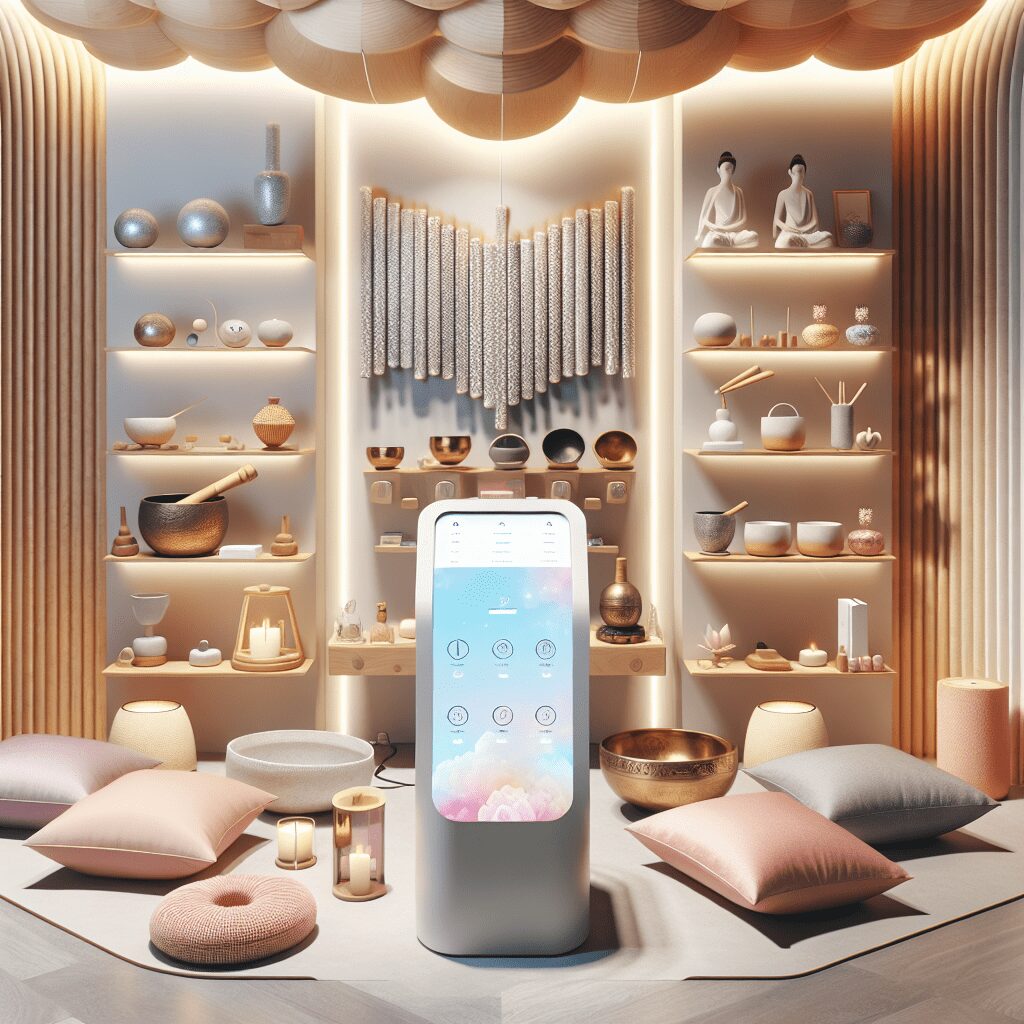
Prioritize your mental well-being daily. Enhance your life by nurturing your mental health with the Smart Meditation app. Break free from stress, alleviate anxiety, and enhance your sleep quality starting today.
How Many People Suffer From Smart Phone Anxiety?
Unraveling Smartphone Anxiety: A Modern-Day Conundrum
In an era dominated by digital devices, smartphones emerge as both heroes and villains in our daily narratives. On one hand, they keep us connected; on the other, they’re the culprits behind a burgeoning phenomenon known as smartphone anxiety. This strain of stress is more than just a topic of water cooler conversation; it’s a reality for a staggering chunk of the global population. But exactly how many souls are entangled in the web of smartphone anxiety? Let’s dive deep into the data and stories that paint a clearer picture.
A Closer Look at the Statistics
Crunching the numbers reveals some thought-provoking insights into the prevalence of smartphone anxiety. While pinpointing an exact figure is as tricky as nailing jelly to a wall—given the rapid evolution of technology and its effects—researchers have shed some light on the matter. Studies suggest that a significant portion of smartphone users experience anxiety either directly or indirectly related to their device use. Specifically, findings indicate that:
- More than half of smartphone users feel anxious when they’re unable to use their devices, either because of a dead battery, no network coverage, or misplacing them.
- Young adults, especially those aged between 18 and 24, exhibit higher levels of smartphone-related anxiety, often stemming from social media use, notifications, and the constant barrage of information.
- A surprising 40% of respondents in various surveys admit to checking their phones within five minutes of waking up, pointing to a compulsive behavior pattern linked to anxiety.
These statistics are more than numbers; they’re a testament to the grip that smartphones have on our lives and psyches.
Navigating Through the Digital Quagmire
Given the ubiquity of smartphone anxiety, what’s the game plan for mitigating its effects? Tackling this issue head-on involves a multi-pronged approach, blending awareness, regulation, and lifestyle adjustments.
-
Awareness and Acknowledgement: Recognizing the signs of smartphone anxiety is the first step. This could range from physical symptoms like restlessness and headaches to psychological signs such as an overwhelming fear of missing out (FOMO) or increased irritability.
-
Digital Detox: It’s about time we embraced the digital detox. This doesn’t mean tossing your phone into the abyss. Rather, it’s about setting boundaries: designated no-phone times, consciously reducing screen time, and revisiting hobbies that don’t involve a screen.
-
Mindful Consumption: Being picky about what content you consume can be a game changer. Avoid the digital rabbit holes and focus on content that uplifts and educates.
-
Tech Tools to the Rescue: Ironically, technology itself offers a way out. Apps that monitor screen time and block distracting sites can be allies in your quest for digital balance.
-
Seek Support: Sometimes, it takes a village. Engaging in conversations about digital well-being, joining support groups, or seeking professional help can provide the necessary reinforcement for those struggling severely.
In sum, smartphone anxiety is a contemporary challenge that’s capturing the attention of millions worldwide. It’s a convoluted dance between benefitting from technology and being ensnared by it. However, with deliberate effort and mindful practices, finding equilibrium in our digital lives is within reach. Let’s commit to not just living online but thriving offline too.





